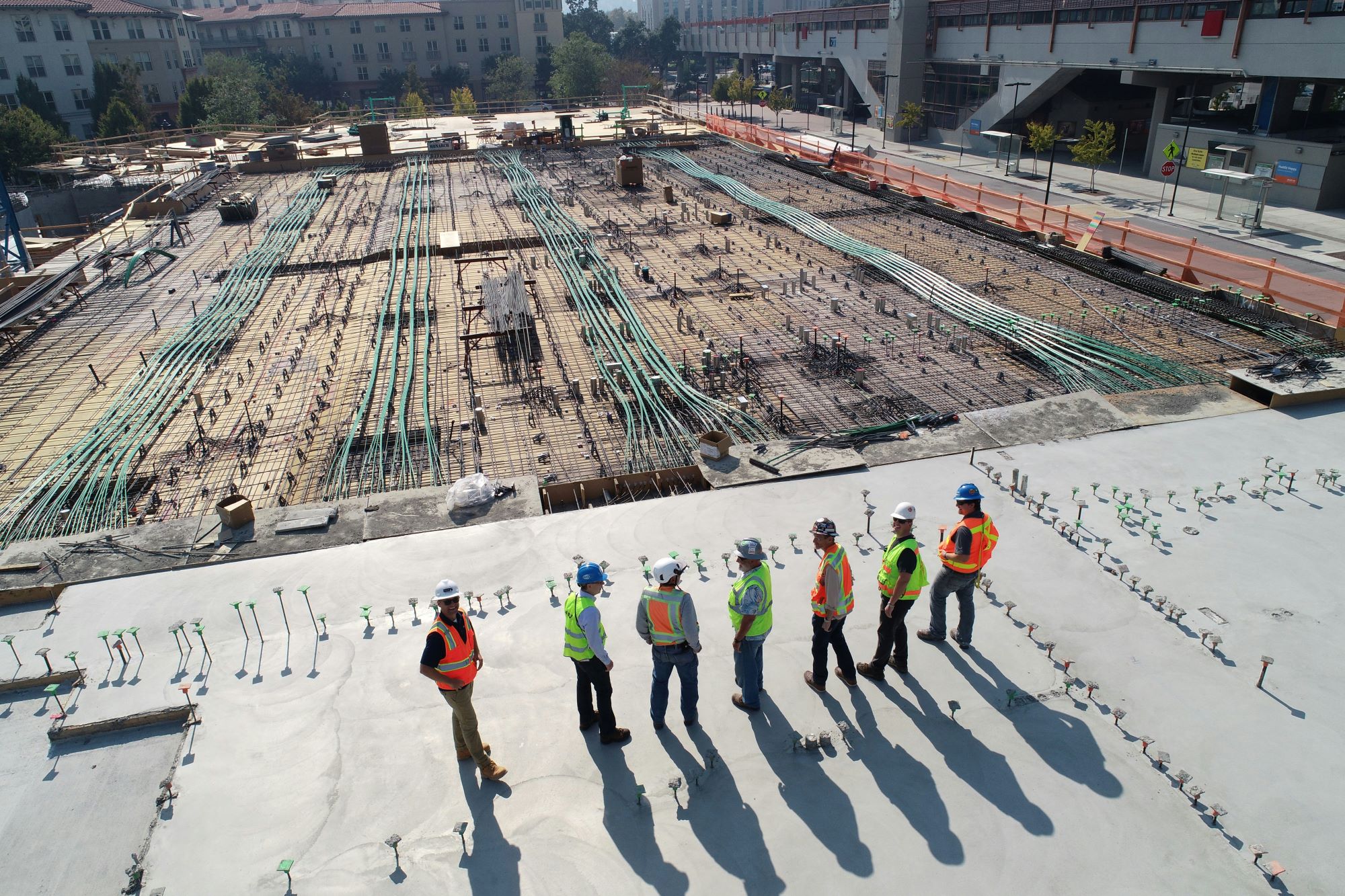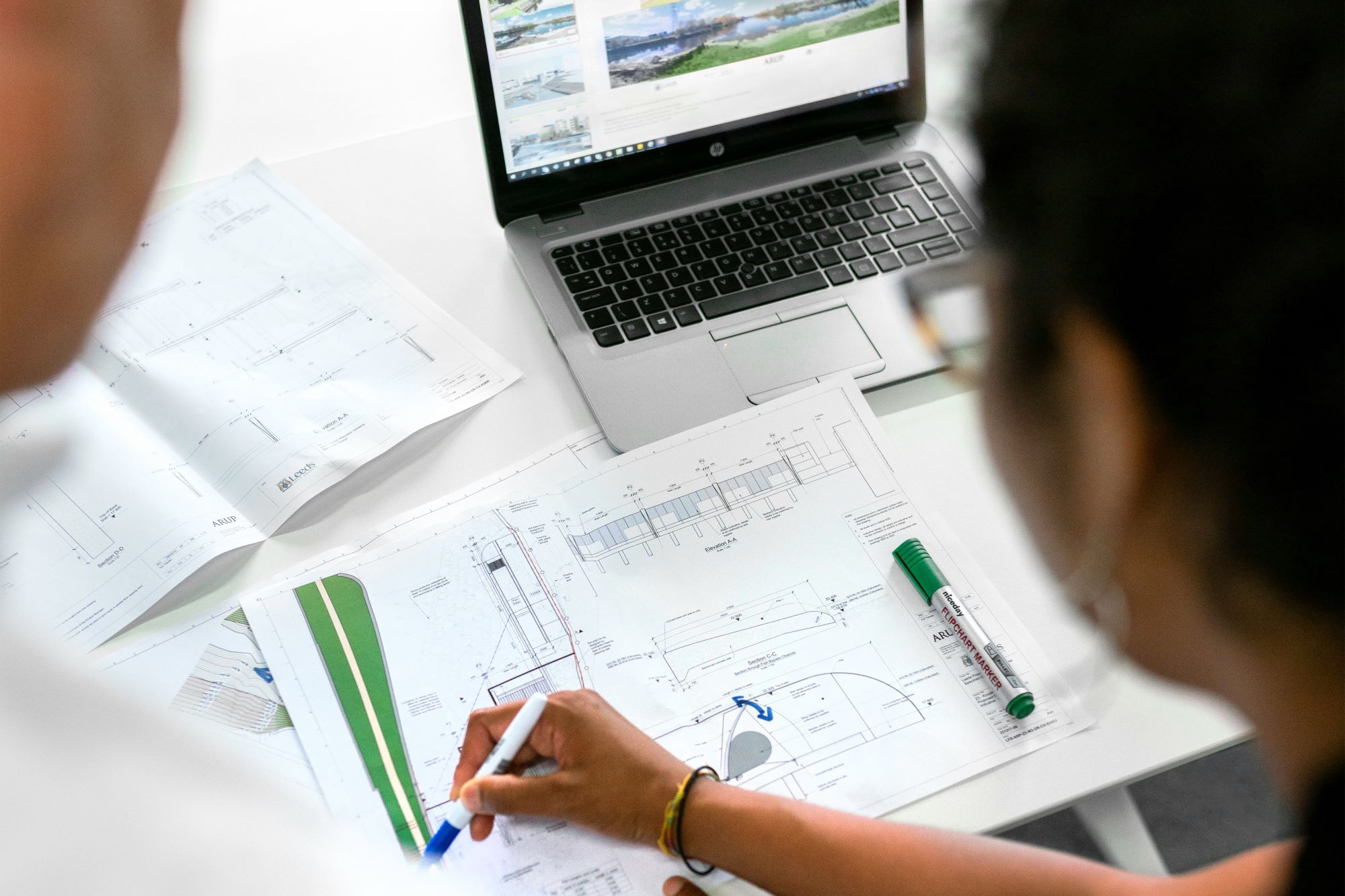Advice from an engineer with 40 years of experience – and where he thinks our industry is heading
With a remarkable four decades as a civil and structural engineer, Ken Roberts, Director at MPN Consulting, reflects on his journey in the industry and his experiences throughout his career.
Known and respected for his creative, pragmatic and client-centric approach, Ken shares some valuable insights from his early days – while offering advice to graduates and discussing what he believes the future of engineering holds.

What was the most formative period of your professional career?
My early years in Hong Kong during the 90s were hugely impactful. The unique location and number of large-scale, complex projects demanded innovative solutions that pushed the boundaries of civil and structural engineering.
From mega high-rise buildings to tunnel and bridge works, the development landscape was a constant stream of groundbreaking projects with a relentless pace of construction.
How did spending time overseas give you a different perspective?
Structural and civil engineering in Asia covered a broader spectrum of design and construction techniques and methodologies.
Design innovation was essential to procure major government and private sector projects. The success of these projects was often a result of clever engineering solutions that provided distinct programme, construction and cost advantages.
My experience in deep basement design with top-down construction began in Hong Kong and was utilised greatly in other countries in Asia. Demand for this type of design was high because of the significant economic benefits.
What did you learn then that still influences your work today?
I was taught that there’s always more than one way to solve a particular task. We always had to thoroughly investigate all opportunities in our design processes.
Of prime importance was, and still is, consideration of:
- Construction cost,
- Buildability,
- Materials,
- Materials handling,
- Programme, and
- Safety.
Can you give an example of your most challenging project?
It was a high-rise in China: an 80-storey commercial building designed as traditional bottom-up construction. A 1 m thick transfer floor, with 8 m deep transfer edge beams, was located on the 6th floor of the superstructure.
After investigating opportunities to reduce programme and cost, we landed on an alternative form of construction. We would build the 6th level transfer floor first and then levels 1 to 5 and the tower superstructure concurrently.
My team meticulously designed a 2,000 sq. m elevated temporary steel grillage deck, fixed to the central concrete core and the four corner mega columns, to allow construction of the floor.
During the 14-hour concrete pour, we undertook an hourly survey monitoring programme of the steel grillage elements to check real deflections against calculated deflections.

What made you choose MPN upon returning to Australia?
Having worked in large engineering companies (like my first contract in Hong Kong), I wanted to connect with a smaller firm that had a sound reputation in the industry.
I found that the more personal and accessible structure of MPN meant that I could easily engage with Directors and have direct conversations without the bureaucratic hurdles you often find in larger corporations. MPN encouraged me to use my knowledge and expertise for a wide range of projects that spanned the residential, retail, commercial and industrial sectors.
How did you become associated with the food industry?
My introduction into this niche sector began with a chance encounter with Wiley, a leading Australian company in the design and delivery of food processing facilities.
Now, our ongoing collaboration with Wiley (and others in this sector) has led me to become the go-to guy for structural engineering in food processing plants. It’s a sector I find interesting and one in which I really enjoy working.
Its unique complexities and integration of our designs with other critical disciplines, such as mechanical and process engineering, allow for a truly collaborative engagement. Processing facilities introduce challenges in structural engineering that demand attention to detail.
This includes layers of structures that can support considerable load, with distinct load combinations – from temperature stresses and cyclic stresses to dynamic loadings.
How has structural engineering evolved since your early days?
The integration of technology has been the biggest transformation over the last 40 years. In the past, structural engineers relied on intensive hand calculations with limited or no computer assistance.
Today, software and programming have revolutionised the design process. Engineers can complete intricate and detailed designs, which once took months, in a matter of days.
The fundamental principles of structural engineering over the years have been largely unchanged. Our ability to design structures in complex shapes and different materials has certainly greatly developed.

Where is structural engineering headed in the future?
I see advanced polymer design and composite construction as a major trend. Like in the aerospace sector, there will likely be a shift towards advanced lightweight, high-strength composite materials in building construction.
Cross-laminated timber (CLT) will also be used more frequently in the future. Although concrete and steel will remain, our reliance on them will diminish over time.
The challenge will be the cost-effectiveness of manufacturing these advanced materials, while ensuring low carbon emissions. Recycling will also be critical.
What do we need to do to prepare young engineers for the future?
Future engineers will be designing structures with an array of materials compared to engineers of my generation. Structural elements that are composed entirely of composite materials will require a fundamental shift in engineering education.
Universities have already begun to integrate education in composite materials to prepare for the shift towards this technology.
Collaboration with experts from other fields will also be essential, like aerospace. Learning from the experiences and advancements in these related industries will also assist in future composite design and construction.
What advice would you give to young engineers and graduates?
I think my career highlights the importance of learning, curiosity and effective time management. My main pieces of advice would be:
1. Diversify in your early years
It may be tempting to specialise in a specific area you’re interested in, or good at, like concrete design. Don’t pigeonhole yourself too early. Explore and gain experience in a wide range of structural engineering disciplines.
2. Never stop learning
Ask questions and actively engage with more experienced engineers. Be inquisitive and proactive in your learning. Finding good mentors is vitally important. Ensure the company you join has a strong culture of growing its engineers with an open-door policy.
3. Use your time wisely
Avoid the trap of fixating on one problem to the detriment of your overall productivity. Prioritise tasks and don’t be afraid to get help when you need it.
4. Understand the fundamentals
You’ll undoubtedly possess advanced design capabilities, but don’t neglect the basic rules of thumb, like concrete and steel span-to-depth ratios. Understand the drafting process and learn how important it is to illustrate your designs effectively.
5. Don’t solely rely on technology
While computer modelling can speed up your daily tasks, always maintain a deep understanding of structural principles to ensure you can rely on the results from the models. Checks and balances, including simple hand calculations, reduce errors and wasted time.
6. Take ownership of your career
Think about where you want to be in the future, and once you’ve identified where that is, communicate those aspirations to your company’s leadership. By demonstrating enthusiasm and initiative, you can pave the way for a very rewarding career.

